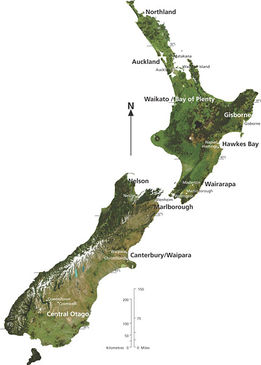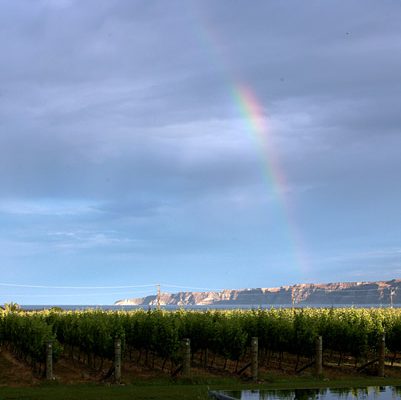The world’s vineyard has fallen by almost 6% in the first decade of the millennium, according to a new database of wine grapes and regions published by the University of Adelaide.
But in the face of the overwhelming decline, the number of hectares planted in the U.S. has risen by 30% between 2000 and 2010, 40% in the Czech Republic and a whopping 220% in New Zealand.
However, don’t set off the celebratory fireworks quite yet: New Zealand still represents just 0.69% of the world’s total vineyard area – but that’s up from 0.2% at the turn of the century. And, in the three years since the statistics were sourced (2010) plantings have continued to grow. The latest Vineyard Register from the national wine trade association, New Zealand Winegrowers, shows plantings now stand at more than 34,000 hectares compared to the Adelaide study’s figure of 31,000ha. Perhaps the Kiwis will have made it to three-quarters of a percent of the world’s vineyards by now!
Both diversification and consolidation of varieties are apparent in the statistics. First up, consolidation: the main variety, Sauvignon Blanc, accounted for 51 percent of all plantings in 2010, according to the Adelaide research while the local industry’s Vineyard Register has upped the figure more recently to around 58%. But sauvignon was just 28% in 2000, showing that the country has become a lot more reliant on the variety. Indeed, 8 of out of 10 bottles leaving New Zealand ports are Sauvignon Blanc. While sceptics have been predicting Sauvignon’s fall from grace for at least the last five years, news of its impending death has been greatly exaggerated. In fact, it is now the eighth most-planted variety in the world.
On the other hand, there is also growing diversity in New Zealand: from just 22 varieties in 2000, there were 45 recorded in 2010: welcome to the land of Gruner, Albarino and Marzemino. Hell, there’s even a variety called Albany Surprise that makes it on to the most recent New Zealand grape variety register. Has anyone actually tried the stuff?
The share of ground is a clear reflection of consumer trends – Sauvignon plantings are up, Pinot Gris plantings up, Pinot Noir plantings up while Chardonnay, Merlot and Riesling have all fallen in terms of share of national planting – and actual hectarage. It’s a sorry state of affairs for wine lovers when Pinot Gris plantings are set to overtake chardonnay but not altogether unsurprising. If you must drink it, try Central Otago’s Prophet’s Rock.
To read my article on the world’s most planted varieties: the winner and losers over the past 20 years, visit Wine-Searcher.


